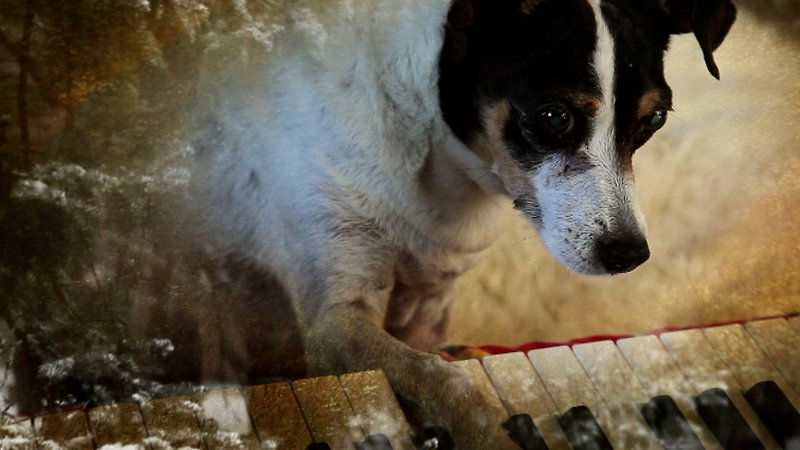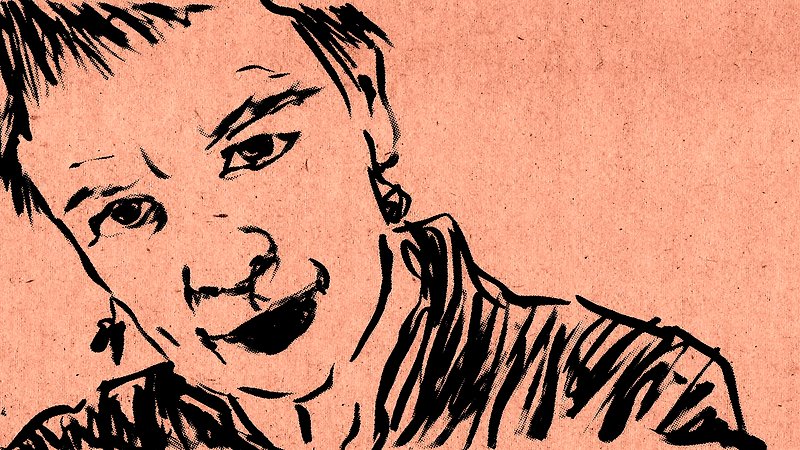An enchanted cinematic essay by legendary performance artist Laurie Anderson. A self-narrated punk meditation on love and death; exquisitely crafted and effortlessly profound.


Dreamy, drifty and altogether lovely… It’s a home movie of a type, if one that, like a stone skipped across a still lake, leaves expanding rings in its path.
Screened as part of NZIFF 2016
Heart of a Dog 2015
This riveting cinematic essay from legendary avant-garde performance artist Laurie Anderson is a punk meditation on love and death. The 68-year-old’s philosophical interrogation leads us through an intensely moving (yet not sentimental) journey beginning with the death of her piano-playing pet dog Lolabelle. Pondering safety and freedom, Anderson deftly glances off the terror of the American post-9/11 state and the construction of the US National Security Agency’s Data Center, then, two unprocessed childhood traumas later, lands us at the Buddhist concept of Bardo (the 49-day post-death period). Anderson’s mother is another major spectre in this story, while not mentioned but felt viscerally is the loss of her husband Lou Reed, who passed in 2013.
Visually, it’s a mixed-media collage of her own animations and drawings, 8mm home movies, CCTV footage and static images. The imagery is as diverse as Anderson’s wide-ranging associative thought. Exquisitely compiled, the film is accompanied by a powerful, dense soundscape (composed by Anderson) and self-narrated in her gently measured, unique style.
‘These stories have ways of illuminating each other’, Anderson says, ‘I ask… for a lot of flexibility from the viewer’. The intellectual craft is unmissable beneath this effortlessly profound enquiry. Anderson has made a searing, highly original piece of cinema which speaks directly to the heart, the soul or wherever you believe the conversation resides about death and how we move through time. As Anderson’s teacher tells her, ‘the thing is to feel sad without being sad’. — JR